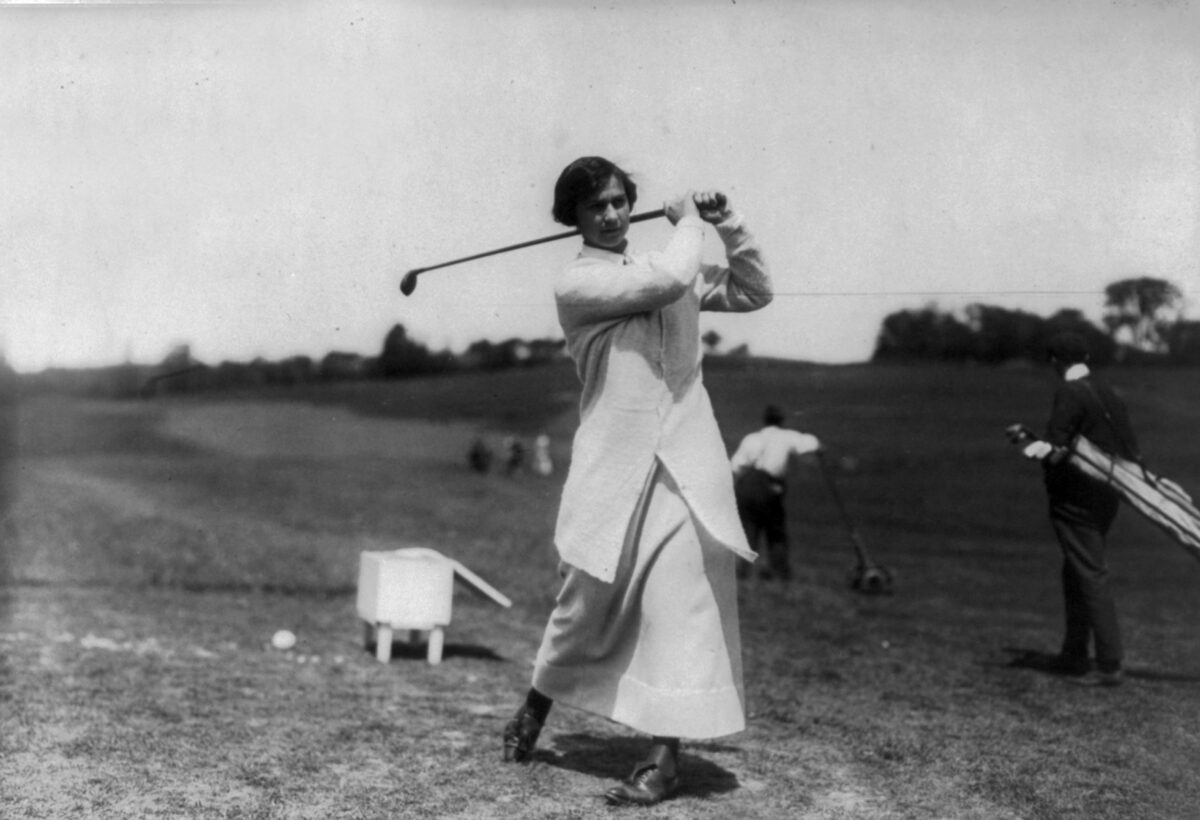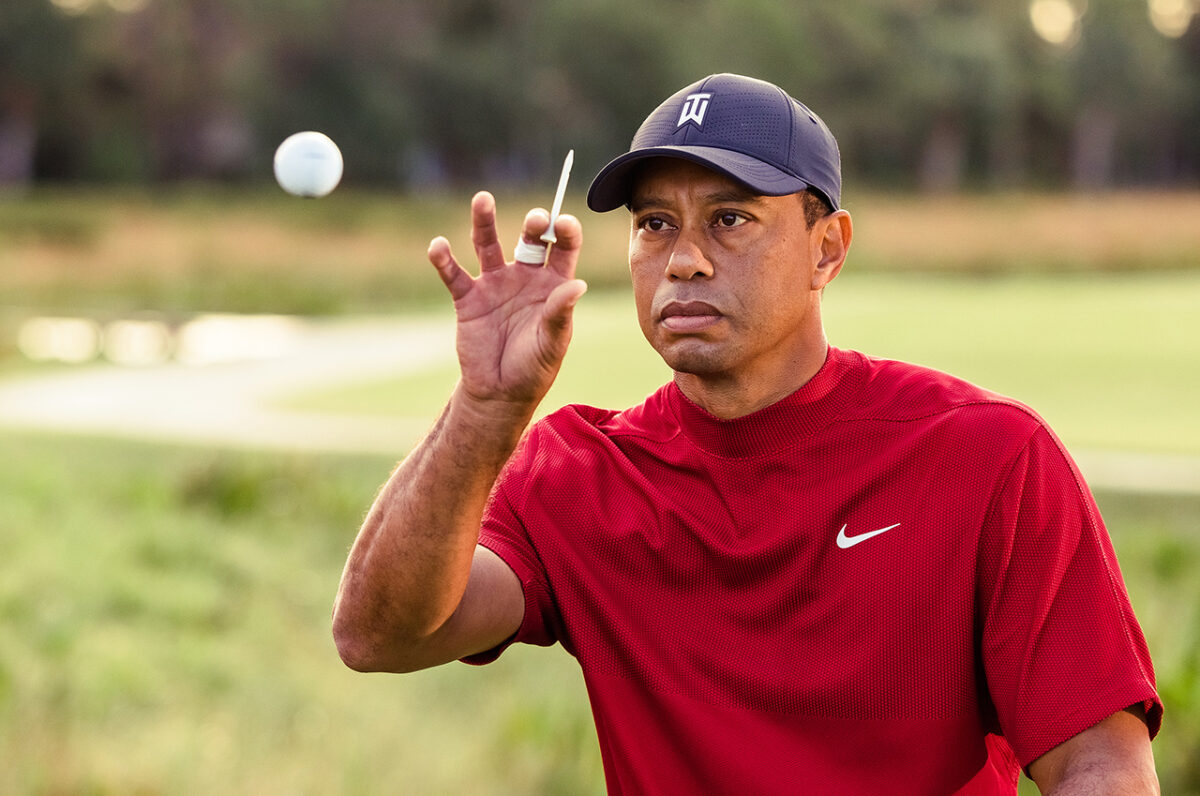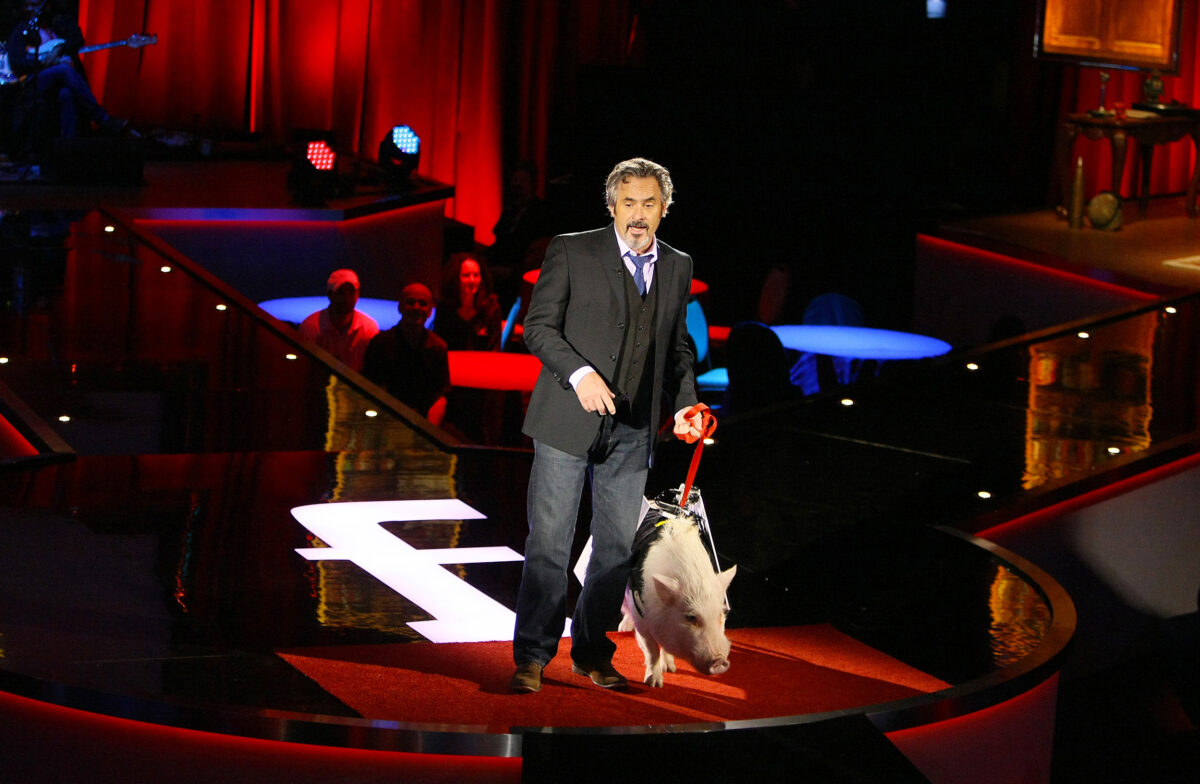Marion Hollins always went for broke – in sports, golf course development, business and in life. In designing the iconic 16th of Cypress Point Club, she wanted to give golfers the most thrilling shot in golf ’s golden age. Architects Seth Raynor and Alister MacKenzie objected, but she prevailed. And now, all these years later, she is finally receiving acclaim from the golf world.
It might be argued that as an architect, developer of the first golf planned unit community, a competitive golfer and investor, Marion Hollins was among the most influential sportswomen of the 20th Century. Yet outside of golf, few know of her accomplishments.
In 1915, when Miss Marion of East Islip, N.Y., first came to the Monterey Peninsula, there was the Hotel Del Monte with its golf course, polo fields and equestrian trails. She was interested in the horse events, but the runner-up in the 1913 U.S. Women’s Amateur Championship and eventual winner of the 1921 edition (5 and 4 over Alexa Stirling) returned in 1922 to work for Samuel F.B. Morse, the Del Monte Properties Co. President, as athletic director and in real estate sales.
Morse recognized that Hollins, who had founded the Women’s National Golf and Tennis Club on Long Island, could bring her well-heeled acquaintances from New York to play Pebble Beach Golf Links, which opened in 1919, and to become members of the contemplated Monterey Peninsula Country Club (MPCC) and Cypress Point Club. Her father was Harry B. Hollins, an investment banker and advisor to financier J.P. Morgan.
Morse, an alumnus of Yale University, invited Raynor, one of the leading architects of the day and who already had designed the Yale golf course, to California to design the two clubs in Del Monte Forest.
Thus, the stage was set for Hollins, standing all of 5 feet, 7 inches tall and bundled up in a wool skirt, silk blouse and tweed jacket to tour the sand dunes, pines and cypresses one day in 1925 and make an indelible mark on Northern California golf.

Nearly a century would pass before she would be duly recognized for being a female trailblazer with selection into the World Golf Hall of Fame. Hollins is scheduled to be enshrined posthumously on March 9 during an induction ceremony that includes fellow inductees Tiger Woods, former PGA Tour Commissioner Tim Finchem and three-time U.S. Women’s Open champion Susie Maxwell Berning. (Also being honored are Pebble Beach Co. partners Peter Ueberroth and the late Dick Ferris for lifetime achievement.)
Beyond golf, Hollins, who grew up on a 600-acre farm on Long Island, was a renowned polo player, four-in-hand driver of horse carriages – including driving a team from Buffalo to Manhattan to sell war bonds in World War I – race-car driver, equestrienne and suffragette, marching for the woman’s right to vote.
Not to minimize her many contributions to the game, but let’s circle back to arguably her signature moment at Cypress Point. Raynor and Hollins reached the coastal cliff of what would become the iconic 16th hole. We can only imagine the conversation. Raynor said “it was a pity” that a hole could not be constructed there, arguing that a 200-yard carry over the ocean was too difficult even for male golfers. Insisting that the hole’s carry would be a challenge but not impossible, she teed up a ball – the rubbery Haskell ball prominent in that era – and swung. The ball landed across the chasm precisely where Hollins envisioned placing the green. Hollins had proved her point, but Raynor never saw that green as he died a few months later of pneumonia at age 51.
Soon afterward, she recommended to Morse that MacKenzie, who had a developed a reputation for “camouflage” greens at the Old Course at St. Andrews and was constructing the Meadow Club in Fairfax, take over the Cypress Point project with his partner Robert Hunter.
“To give honor where it is due,” MacKenzie wrote in The Spirit of St. Andrews, “I must say that, except, for minor details in construction, I was in no way responsible for the hole. It was largely due to the vision of Miss Marion Hollins.”
MacKenzie’s manuscript of The Spirit of St. Andrews languished for 60 years before it was found and published, but in golf journals in 1928, both MacKenzie and Hunter wrote that the 233-yard 16thshould be a par-4. When the course opened, it was indeed a par-3, offering the most thrilling tee shot in golf at the time.

MacKenzie conceded eventually that the 16th, with layup options for the less-skilled golfer, could even be played with a putter. Here is an account from his book:
“I was traveling from San Francisco to New York with a man who is affectionately known as Billy Humphrey. He said, ‘What sort of hole do you think your 16th at Cypress Point is? I don’t think a hole is a golf hole that can be played with a putter.’ On the contrary,’ I said, ‘ I don’t think an ideal hole is ideal unless it can be played with a putter, but we won’t argue about that. What is your trouble?’
“He said, ‘Well, I was playing this hole against Herbert Fleischaker for two hundred dollars. [Herbert Fleischaker has the reputation of not being able to get a ball off the ground, but he is full of brains, is a very good approacher and putter, and often outwits a more powerful opponent.] It was my honour, and I put two shots in the ocean. Then old Herbert gets his putter, takes four putts to reach the green, wins the hole and two hundred dollars.’ I am afraid I was not unduly sympathetic.”
Hollins’ great-niece Phyllis Theroux, in California and Other States of Grace, added another wrinkle to the Raynor-Hollins conversation on the cliffside. She writes that Hollins “whacked it effortlessly across the water to land on the other side. Then she did it twice more, just to prove her point.
“This is what visionaries do. They see what the rest of us can’t, and make believers out of us,” Theroux wrote. “It is what Marion Hollins did all her life.”
Hollins convinced Morse that she could successfully sell the Cypress Point Club memberships and contracted with him to buy the 150-acre property for $150,000, and she hired MacKenzie to construct the course for $100,000 (the final cost was $88,000). The golf course opened Aug. 11, 1928, with little more than a caddie shack. The clubhouse came later. All these years later, her great-nephew, Tony Grissim, received a plaque on her behalf, proclaiming her an honorary member of the American Society of Golf Course Architects during its annual meeting in November. (Grissim has created a monument near Hollins’ grave at Monterey City Cemetery, and her original head stone is now part of Hollins Terrace at Cypress Point.)

Hollins next moved on to her third golf development – Pasatiempo Golf Club and Estates in the hillside above Santa Cruz for a planned-unit golf community – but she needed funding to hire MacKenzie and the Olmsted Brothers, sons of Fredrick Olmsted who designed Central Park in New York City.
At the time, Hollins had partnered with several investors in what was considered a “dry” oil field in the Kettleman Hills between Paso Robles and Fresno. It turned out to be the largest oil strike in the state’s history in October 1928. The $100,000 investment turned into $10 million, with Hollins netting $2.5 million, which not only funded Pasatiempo’s construction but aided her purchase of 10,000 acres of Big Sur coast lands about 40 miles south of Monterey. With MacKenzie, who made his home on the sixth hole, and Hollins again collaborating, Pasatiempo’s layout rivaled Cypress Point.
Hollins also established the Pebble Beach Golf Championship for Women, which attracted some of the finest competitors in the land. Still, she won the tournament seven times. The competition is credited with convincing the United States Golf Association to hold its Amateur Championship at Pebble Beach Golf Links in September 1929, which drew Bobby Jones as an entrant. Jones lost in the first round, thus freeing him up to renew friendships and play an exhibition match with Cyril Tolley, Glenna Collett and Hollins on opening day at Pasatiempo.
Jones’ relationship with Hollins became key to the development of Augusta National, including Jones’ selection of MacKenzie as co-designer of the course, and using the Pasatiempo development as a blueprint for Augusta National. MacKenzie sent Hollins to Augusta as his representative and asked her to report back her impressions of the course as it was being constructed. MacKenzie was fond of travel, including trans-Atlantic voyages and ballroom dancing while on the ocean liners, so he was not as attentive as he should have been to his golf projects, including Augusta National.
Jones’ partner, Clifford Roberts, questioned MacKenzie as to whether he should be at Augusta to supervise the course development himself. MacKenzie made clear he already had the best person for the job, saying of Hollins, “I do not know of any man who has sounder ideas.”
Though she wore cashmere skirts, silk blouses and fancy hats, Hollins was a powerful force on the golf course. When she defeated Alexa Stirling, three-time defending U.S. Women’s Amateur champion in 1921at Hollywood Golf Club in Deal, N.J., Hollins’ power was praised by New York Tribune writer Ray McCarthy. And beyond her strength, McCarthy wrote, she “played splendid golf and showed wonderful gameness against a finished player who does not know what it is to quit.”

In September 1942, Hollins played a round at Del Monte Golf Course with Betty Hicks, the reigning U.S. Women’s Amateur champion at the time. Hollins was 49 and her health was waning, while Hicks was 21. “When she walked to the first tee, I was amazed at the shapeless size of her, and then I was even more astonished when she gathered together that mountain of wool and swept into a potent, rhythmic golf swing. When we reached our drives, the national champion of 1921 had outdriven the national champion of 1941 – no short hitter herself – by 20 yards.” By the 18th tee, Hollins had won the match, Hicks wrote in the Golf Journal of July 1986.
Power and preparation were keys to Hollins’ strategy in leading America’s inaugural Curtis Cup team in 1932 to victory over the British team at the Wentworth Club in Surrey, England. Hollins took her team to the British Isles two weeks early to practice, but one of her players, Virginia Van Wie, whose play would be critical, almost didn’t make it to the dock but Lincoln Werden, golf writer of The New York Times, raced through the streets of New York to get her to the pier in the nick of time, according to David E. Outerbridge in his biography of Miss Hollins, Champion in a Man’s World. The U.S. defeated England 5-1/2 to 3-1/2 Hollins planned on passing her time at Pasatiempo with parties, enjoying Hollywood visitors such as Spencer Tracy and his wife, Louise, and working on her Big Sur property. That is until the stock market crashed and the Great Depression followed. Her fortune was lost. Then, on Dec. 2, 1937, Hollins was driving home from visiting a friend at a hospital when a drunken driver collided with her car. Head injuries hampered her activities. After Pasatiempo was sold in foreclosure, Hollins was virtually broke, but Morse brought her back to Pebble Beach, where she won one more championship in 1941. She died in a Pacific Grove nursing home on Aug. 28, 1944. She was 51.
“What makes Marion Hollins interesting, and important for our – or any –time is that she was one of those rare human beings who find reward in the achievement itself, with no further external need for confirmation or applause,” wrote Outerbridge.
But that doesn’t mean she doesn’t deserve her due. At last, she’ll be appropriately honored for a legacy that lives on at some of Northern California’s finest cathedrals of golf.







